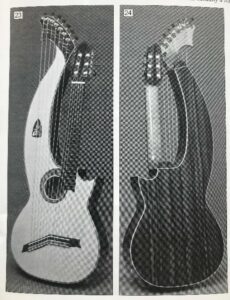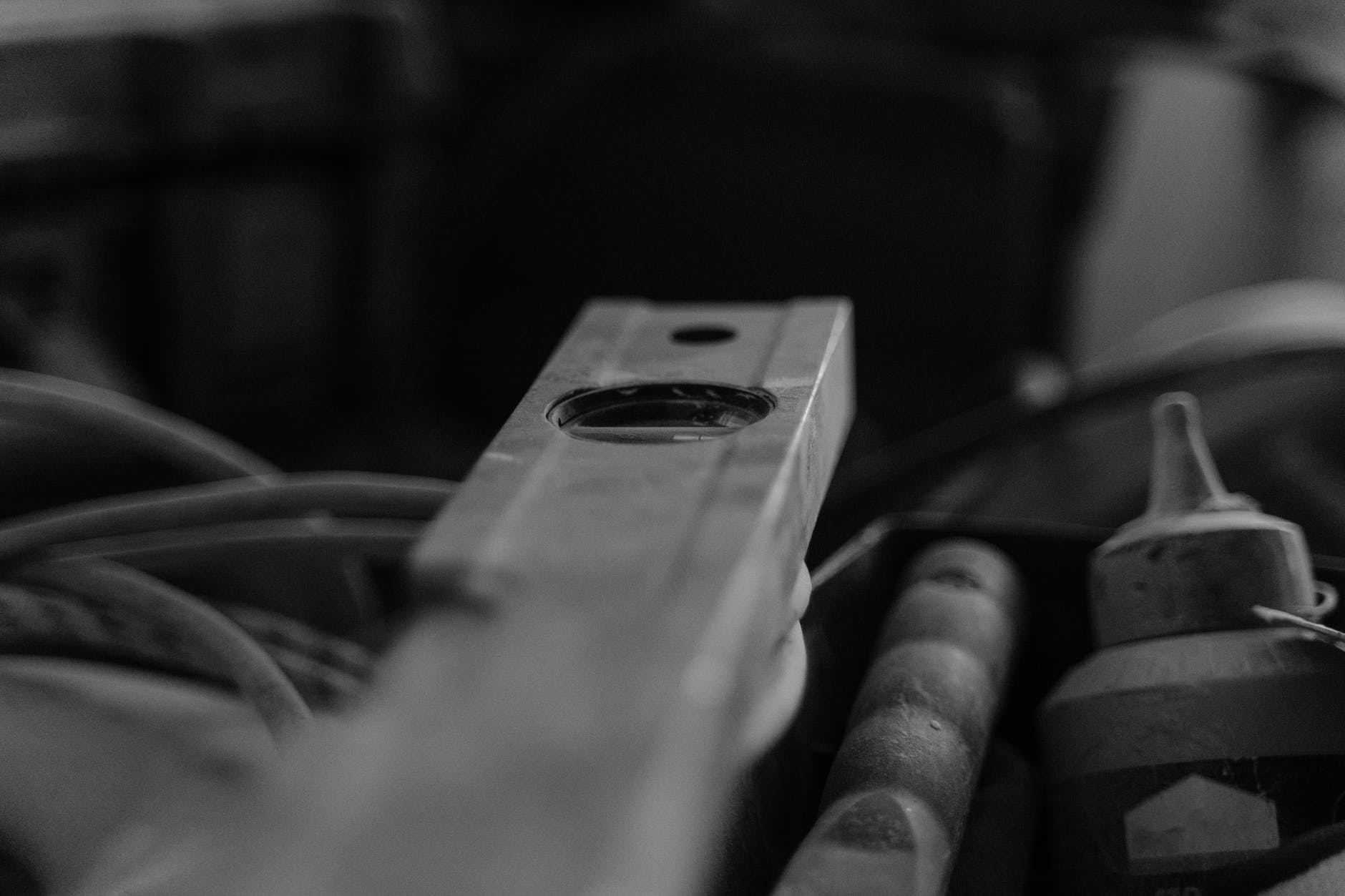What will you do if you take a month off work and can not travel anywhere due to Covid-19 travel restriction?
The answer is easy: Stay home and build a musical instrument repair workshop from an old shed and learn how to build an acoustic stringed musical instrument using Autodesk Inventor.
There are many steps in between, but two main steps of my project are:
- Build a musical instrument repair/build workshop.
- Use Autodesk Inventor for making an acoustic stringed musical instrument.
1. Build a musical instrument repair/build workshop.
How to build a musical instrument repair workshop?
A piece of cake! You need 3 guys who are willing to turn an old dirty storage shed into a shop with just pizza and beers. I do have an old shed full of junks under my sundeck for the job. The three amigos are:
Al – The mighty Builder who bought an old sailing boat in New Zealand, rebuilt it, and alone sailed back from New Zealand to Canada.
Karim – The Luthier who builds amazing acoustic guitars, violins, ouds, and multiple acoustic stringed musical instruments. He is known as the musical instruments Doctor.
Hung – The guy who has been teaching Autodesk Inventor since it was called “Rubicon”.

Figure 1: Shop construction
What are the plans and drawings for the workshop?
After measuring the space, we used Autodesk Revit to quickly layout the plan, extract the material information, then calculate the budget with Revit’s schedule features.
How long does it take to build the workshop completely?
One week. It can be much faster if the three guys spent less time chatting over pizza and beers.
How does it look after the workshop completed?
Here are photos of the exterior/interior of the shop. On our opening day, we had local musicians dropped by to perform on guitars, violines, oud and cellos built by Karim the Luthier.

| Figure 2: Shop’s Interior/Exterior |
2. Use Autodesk Inventor for making an acoustic stringed musical instrument.
How to use Autodesk Inventor for stringed musical instrument?
You can use Autodesk Inventor for modeling, detailing almost anything out there. Musical instrument is just one of many examples. I love Arabian oud, Turkish and Persian barbat music. I bought an Oud a long time ago but wanting to have a new one with deeper bass voice. To deepen the bass notes, the oud needs a larger body with a full teardrop shape. Using Autodesk Inventor, I layout and detail the body shape from Karim – the Luthier’s sketch.

Figure 3: Inventor model of Oud body with hand sketch and prints.
After a few discussion and modification, we decided that the body of the oud should be divided into 14 sections along the curve of the body as shown on Autodesk Inventor drawing:

Figure 4: Inventor Oud body detail drawing
We needed the flat-out for each section of the oud. To archive this task, I used Inventor’s “Unwrap” feature that was introduced in Autodesk Inventor version 2020.

Figure 5: Autodesk Inventor ‘Unwrap’ Feature
The Inventor’s “Unwrap” is an amazing feature and did a very accurate job. After printing the flat-out pattern as 1:1 scale on paper, we turned the prints into templates for cutting. The flat pieces were bent & molded to assemble the oud body precisely as the design.

Figure 6: Oud body assembly is precisely as the design.
After the oud body shell harden, Sound board with sound hole, fingerboard (neck), and head were made and installed.
The oud is very similar to modern lutes, and to Western lutes. Similar instruments have been used in the Middle East, North Africa (particularly the Maghreb, Egypt, and Somalia), and Central Asia for thousands of years, including Mesopotamia, Egypt, the Caucasus, the Levant, and Balkanise countries like Greece, Albania, and Bulgaria; there may even be prehistoric antecedents of the lute.
The oud, as a fundamental difference with the western lute, has no frets and a smaller neck as seen in these photos.

Figure 7: Sound board with sound hole, fingerboard (neck), and head were made and installed.
How does the Oud designed with Autodesk Inventor look and sound after finishing?
It took 3 months with couple of hours here and there after work or weekend, finally the oud is completed. The oud has 11 strings grouped in 6 courses, but some models have 5 or 7 courses, with 10 or 13 strings, respectively. The pattern of tuning the strings is (low pitch to high): D2 G2 A2 D3 G3 C4 on single string courses or D2, G2 G2, A2 A2, D3 D3, G3 G3, C4 C4 for a course of two strings.
Picture is worth a thousand words…Here goes the Autodesk Inventor Oud:

Figure 8: Oud after finishing.
If you’d like to hear this Autodesk Inventor’s Oud, check the sound here:
My next project will be learning how to make this 21-string harp guitar with a super-treble bank with violin fine tuner mounted in the bridge. The challenge is making a mold for this harp guitar. I’ll have to turn back to Autodesk Inventor to construct a prototype and study the strength of material using Inventor Nastran in CAD before drawing a details plan and building it.

| Figure 10: Doolin’s Harp Guitar |
It will take some money and may be another 5 months of my life, but…Well, what can you do if you take time off work but can not travel anywhere due to COVID restriction?
Until next time…


